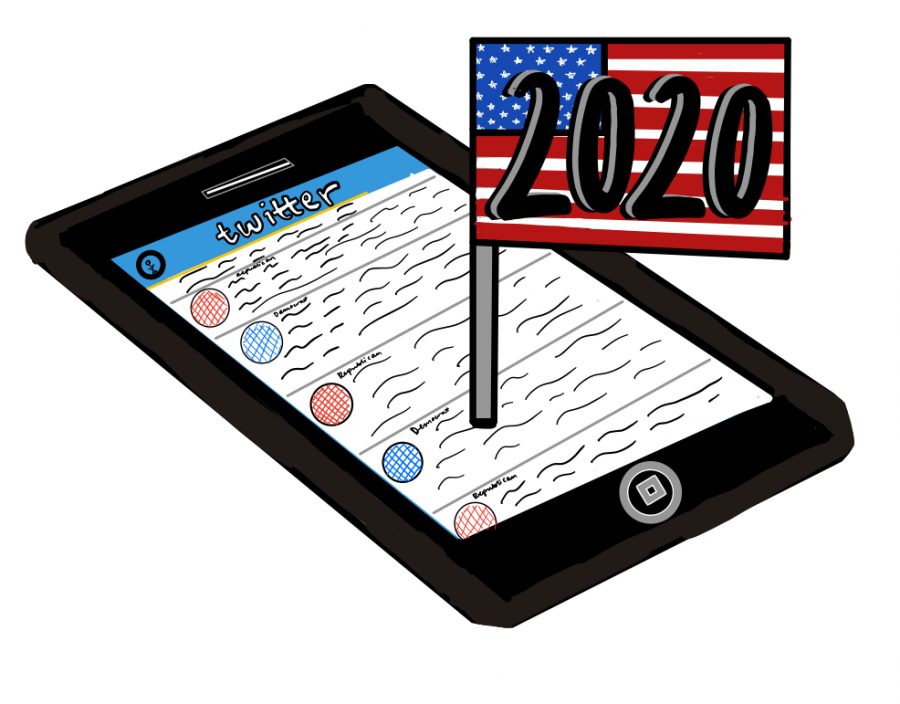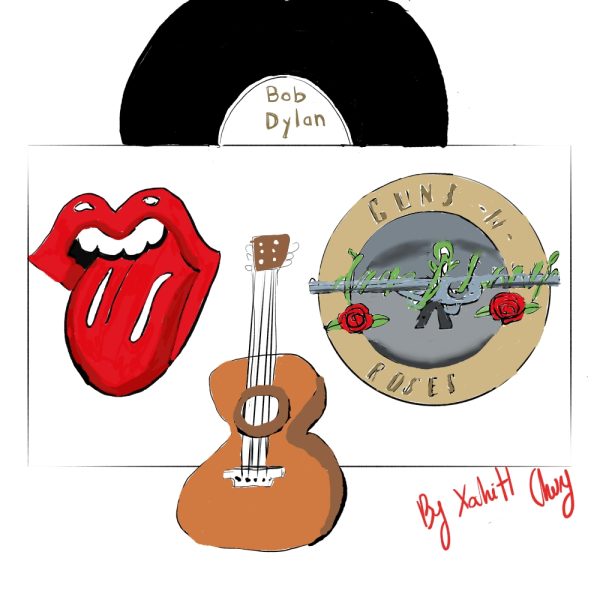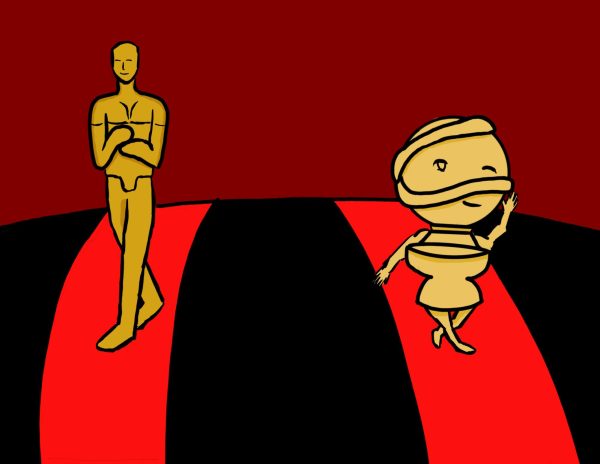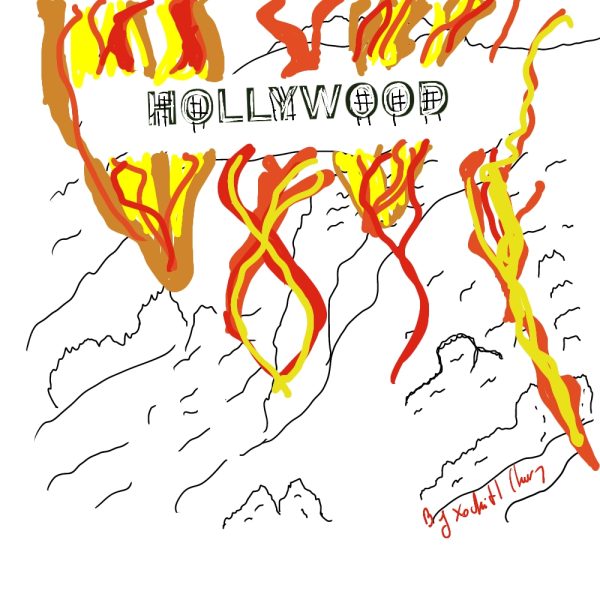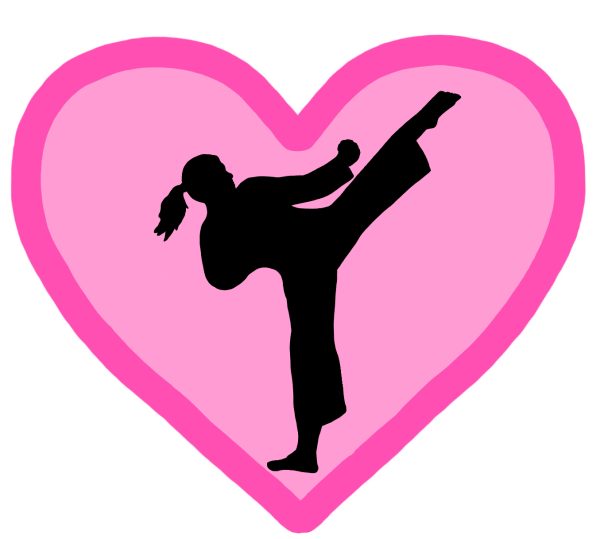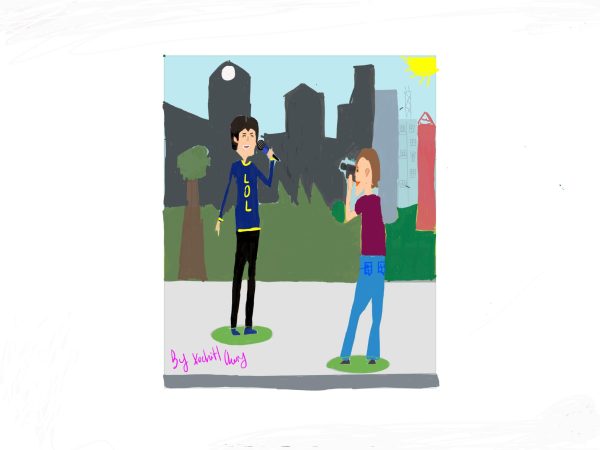Many elect social media to keep up with the race for 2020
Once upon a time, social media did not exist. This may be hard to believe, since millions of teens and adults alike could not imagine their life today without it. For many, social media means liking, retweeting and commenting mindlessly on posts of friends and celebrities. However, a much more calculated aspect of social media is its advertisements, which include political campaigns.
The campaigns for the 2020 election are in full force, with virtually all social media platforms containing content from both Democrats and Republicans in an attempt to sway voters one way or another in the primaries. But it wasn’t always this way. The 1996 re-election of Bill Clinton marks the last election before the existence of social media. This election also proved to be very different from elections we know today in another way; the consistently Republican states of Louisiana, Arkansas, Kentucky and Texas were all blue. The exact opposite was true in the case of Bush’s 1988 election. States known to be some of the biggest democratic states, like California and Illinois, were Republican. From the election of 1968 to 1988, California was red with Clinton’s election causing that shift from red to blue. It’s strange to think about California being red, especially because of Hollywood and Los Angeles, it is consistently defined as being a very liberal state. California provides a great transition into social media’s role in elections; with a plethora of celebrities and influencers living in California, many openly tweet and post about their political views. In turn, fans who follow these people are influenced by their political views.
Another aspect Hollywood influences is voter turnout; with many in opposition to Trump’s 2016 campaign, celebrities and influencers alike tweeted and posted about how important it was to vote, and voter turnout nationwide increased by 0.6%.
Trump has also used social media to promote his own campaign and actions. He regularly (and quite infamously) tweets about policy debates, his recent impeachment trial and upcoming 2020 campaign. With millions of followers and critics alike, his tweets have proven to be a hard and fast way to either gain votes or gain enemies. Bill Clinton and George H.W. Bush didn’t have this ability, quite possibly for the better. While Clinton underwent impeachment, he still doesn’t rank as the nation’s worst president; by nearly 200 political scientists, Trump takes that spot. His tweets are frequently cited as controversial; this very well may have something to do with his last-place spot and is a prime example of the negative use of social media in elections. On the flip side of that, Obama also utilized social media to aid in his presidential campaigns in both 2008 and 2012. For example, him and Joe Biden shared a page on Facebook, and it is well-known how often he used this page to engage with voters. Another unique twist was that Obama implemented the usage of YouTube for some of his campaign, releasing videos to the masses that many view only as commercials on TV. By utilizing YouTube as a campaign resource, Obama was able to release videos that many people could watch whenever they wanted to know about his position on a policy or recent campaign news.
While social media hasn’t always influenced elections in such ways, it will most definitely influence the election of 2020, quite possibly even more so than elections prior.
Your donation will support the student journalists of Saint Viator High School. Your contribution will allow us to purchase equipment and cover our annual website hosting costs.



